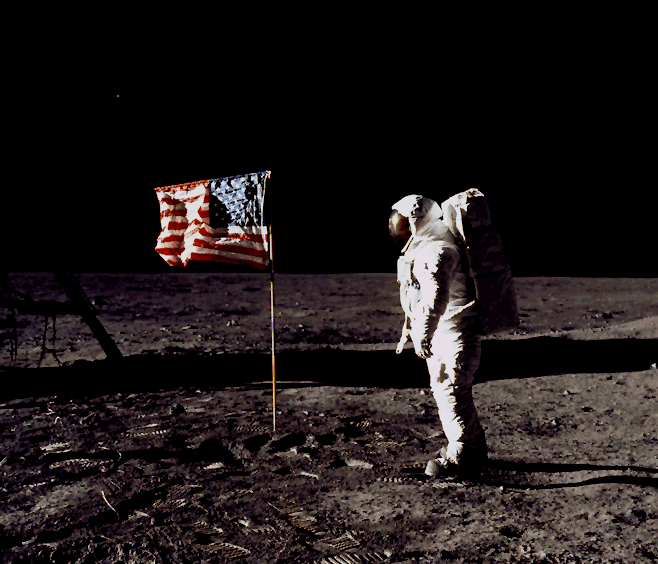
Mark Sirangelo, who joined NASA a few weeks ago as an assistant to Jim Bridenstine, the space agency administrator has now quit from his job. The decision from Sirangelo came just a few hours after Congress nixed his proposal for a feasible lunar campaign aimed at landing humans on the moon in 2024.
As per a report published in the Reuters, Mark Sirangelo was escorted out of NASA's headquarters on Wednesday after his resignation. NASA administrator Jim Bridenstine also confirmed Sirangelo's resignation, and he thanked Mark for his service and his valuable contributions to the agency.
As NASA has failed to submit a sustainable lunar campaign proposal, it has now become clear that the space agency's current plan to land humans on the moon by 2024 is increasingly becoming an implausible deadline. The sudden departure of Sirangelo also indicates that NASA still does not have formulated an effective plan to take humans to the moon within the stipulated deadline.
However, Jim Bridenstine assured that the space agency will try their best to land the next man on the moon within the deadline set by the government.
"As you may know, NASA proposed to the House and Senate a reorganization to establish a new mission directorate focused on a sustainable lunar campaign. The proposal was not accepted at this time, so we will move forward under our current organizational structure within the Human Exploration and Operations (HEO)Mission Directorate. We are exploring what organizational changes within HEO are necessary to ensure we maximize efficiencies and achieve the end state of landing the first woman and next man on the Moon by 2024," said Bridenstine in a recent statement.
A few weeks back, US Rep. Kendra Horn, an Oklahoma Democrat had slammed NASA for flying blind in formulating a feasible lunar mission plans for 2024. Budget constraints will also negatively affect NASA's dreams to land humans on the moon within Donald Trump's recommended time frame.
"At present, we have a White House directive to land humans on the Moon in 5 years, but no plan or no budget details on how to do so, and no integrated Human Exploration Roadmap laying out how we can best achieve the horizon goal—Mars. In essence, we're flying blind," said Kendra Horn.









